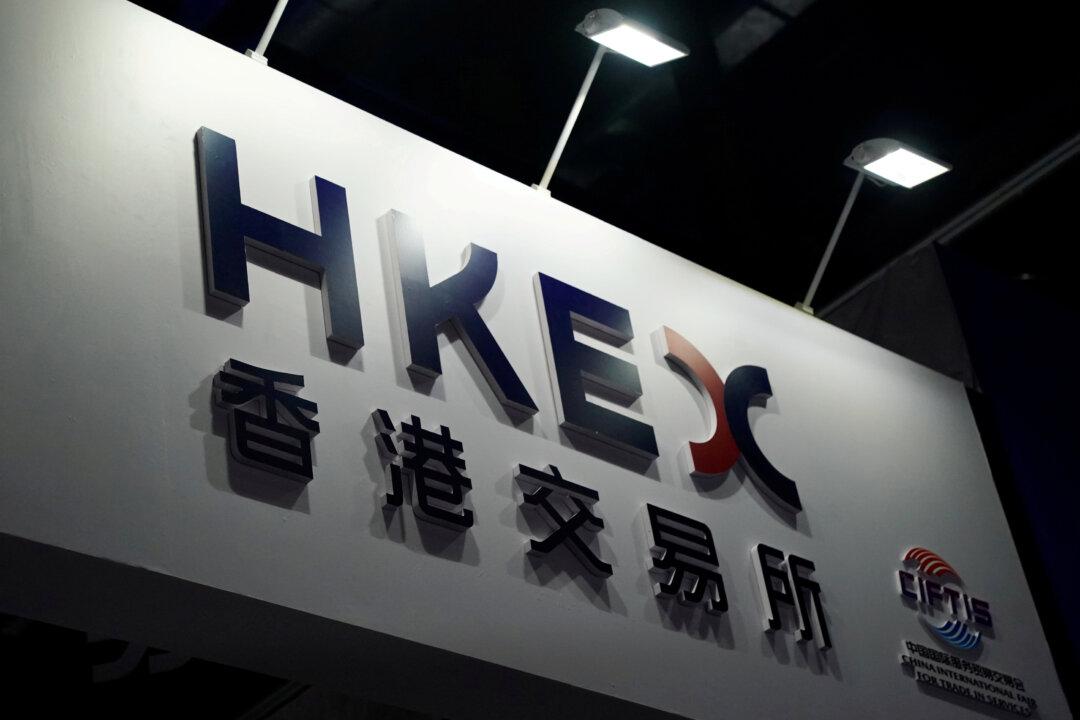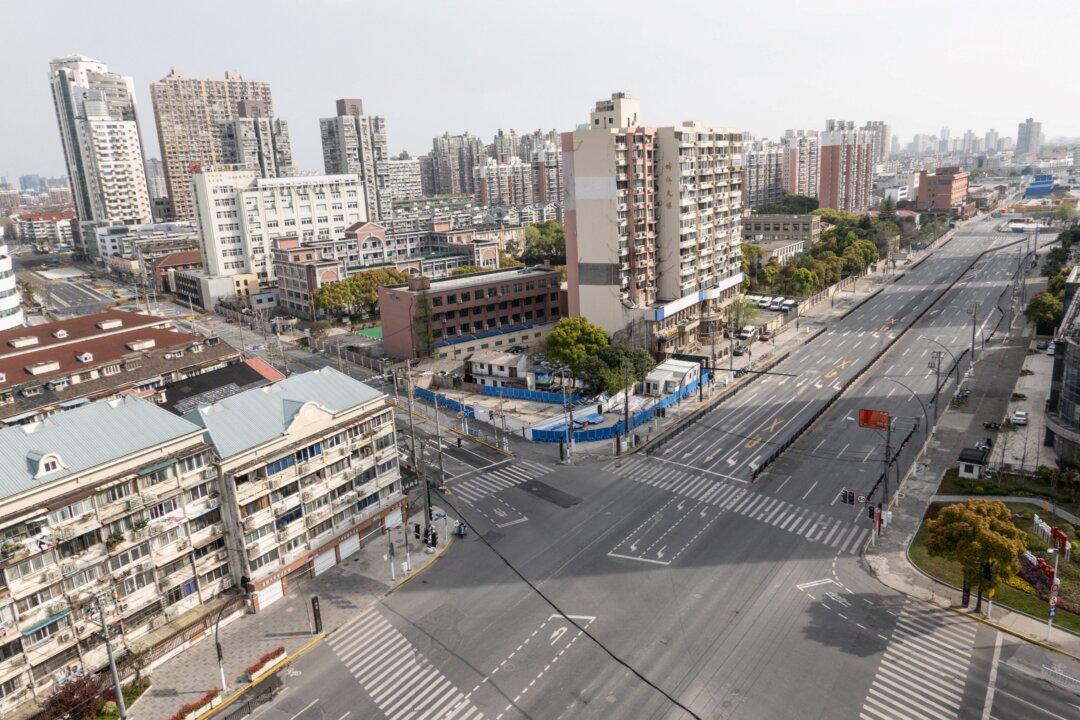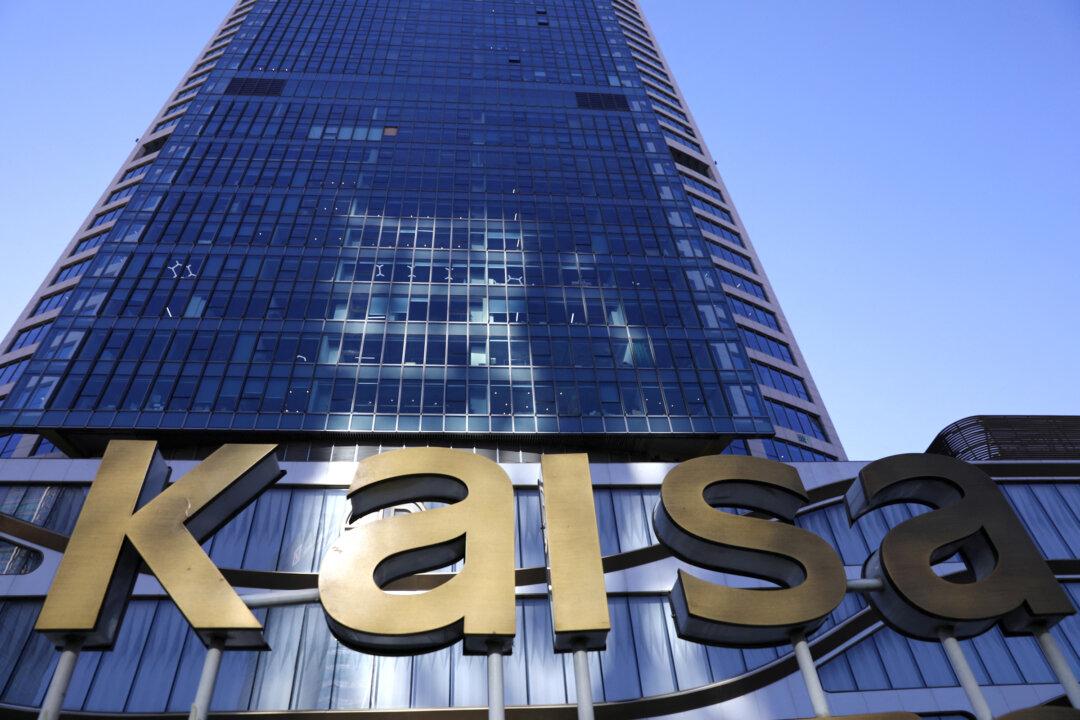The Chinese government will allow electricity prices to increase in its boldest reforms to the energy sector in decades, hoping to ease a worsening power crunch. But the country’s inflation pressures are rising, threatening its economic growth.
China’s National Development and Reform Commission (NDRC) said on Oct. 12 that the price of coal-fired power could rise as much as 20 percent from the commission’s benchmark price, compared with the previous 10 percent cap.




